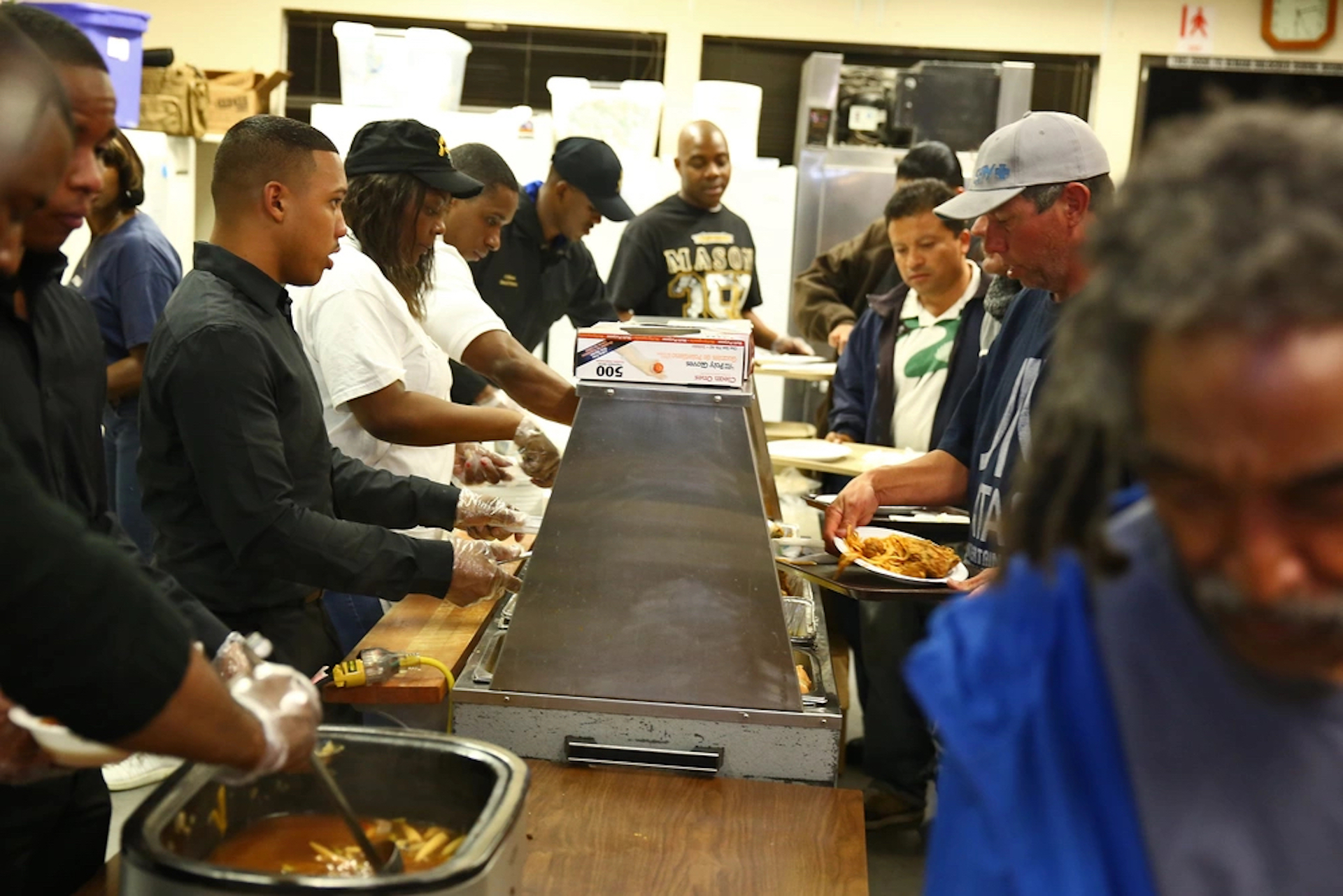

More than a million American military veterans are food insecure, according to a new study. And of those, several hundred thousand veterans are not enrolled or signing up for available food assistance from the federal government.
That’s according to a report from the Rand Corporation, released Thursday. The report, “Food Insecurity Among Veterans: Examining the Discrepancy Between Veteran Food Insecurity and Use of the Supplemental Nutrition Assistance Program (SNAP),” looked at the gap between the overall number of veterans experiencing food insecurity or hunger and the smaller amount that take advantage of the federal Supplemental Nutrition Assistance Program or SNAP. Although 7.5& of all veterans — approximately 1.4 million people — experience food insecurity, only 4.9% are enrolled in or part of a household signed up for SNAP.
Compared to non-veterans, that is a much higher rate. Although food insecurity is higher among non-veterans (10.4%), 8.6% of people experiencing that report living in a household signed up for SNAP benefits.
“Low enrollment by food-insecure veterans could be the result of not meeting nutrition assistance eligibility requirements, perceived lack of eligibility, social stigma associated with SNAP participation, or negative messaging around nutrition assistance,” the report said.
Subscribe to Task & Purpose Today. Get the latest military news and culture in your inbox daily.
The largest discrepancy is among the oldest veterans. The vast majority of those 70 years or older experiencing food insecurity are not enrolled in SNAP, with only 30% signed up. Meanwhile, for non-veterans, 40% of those 70 and up are enrolled.
As a result, the authors of the RAND paper are proposing several ways to close that gap. The strongest recommendation calls for better and increased screenings for food insecurity in veterans at places such as Department of Veterans Affairs sites. Additional screenings at other clinical sites would be helpful, in order to reach veterans who don’t get care through the VA. Additionally, the authors note that there could be better communication and coordination among the VA, the Department of Defense, and the Department of Agriculture, which administers the SNAP program.
The new Rand report highlights the main forces behind the food insecurity veterans face. Among other factors, veterans are disproportionately represented among the number of unhoused Americans in the country.
It also points to issues tied to food insecurity. Not having enough to eat can lead to poor physical and mental health and well-being. That in turn can lead veterans to committing suicide.
Cost of living concerns and food insecurity have been ongoing issues for military families and veterans, particularly exacerbated by the economic upheavals of the COVID-19 pandemic. Efforts to alleviate those challenges, including cost of living adjustments and increased benefits for veterans have not fully eliminated the problems.
However, the study found that more research is needed to better learn why so many veterans are not signed up for assistance and experiencing food insecurity.
The latest on Task & Purpose
- How a Native Alaskan became a legendary Navy SEAL
- Military secrets leaked on ‘War Thunder’ forums yet again
- US Navy decommissions another littoral combat ship, the USS Milwaukee
- Who will be the president’s top military adviser after Gen. Milley retires?
- 4,500 3rd Infantry Division soldiers deploying to Eastern Europe